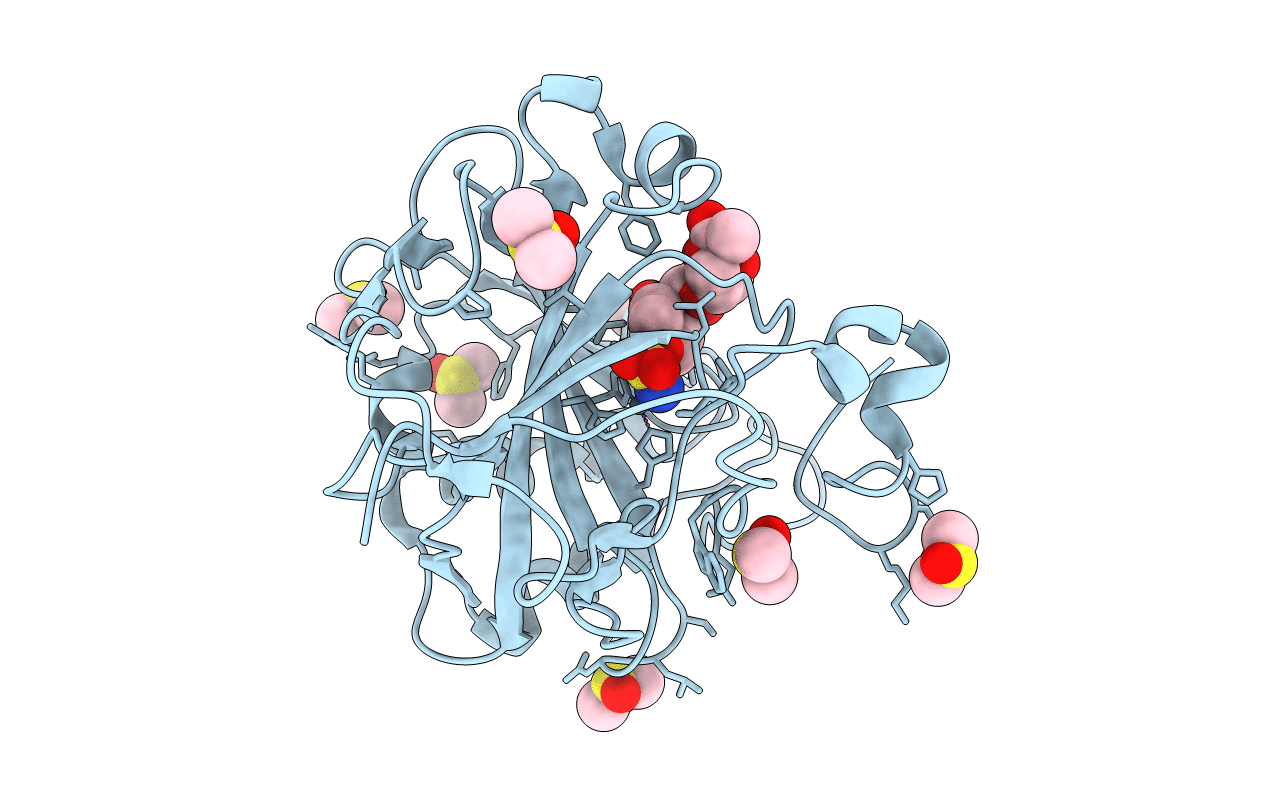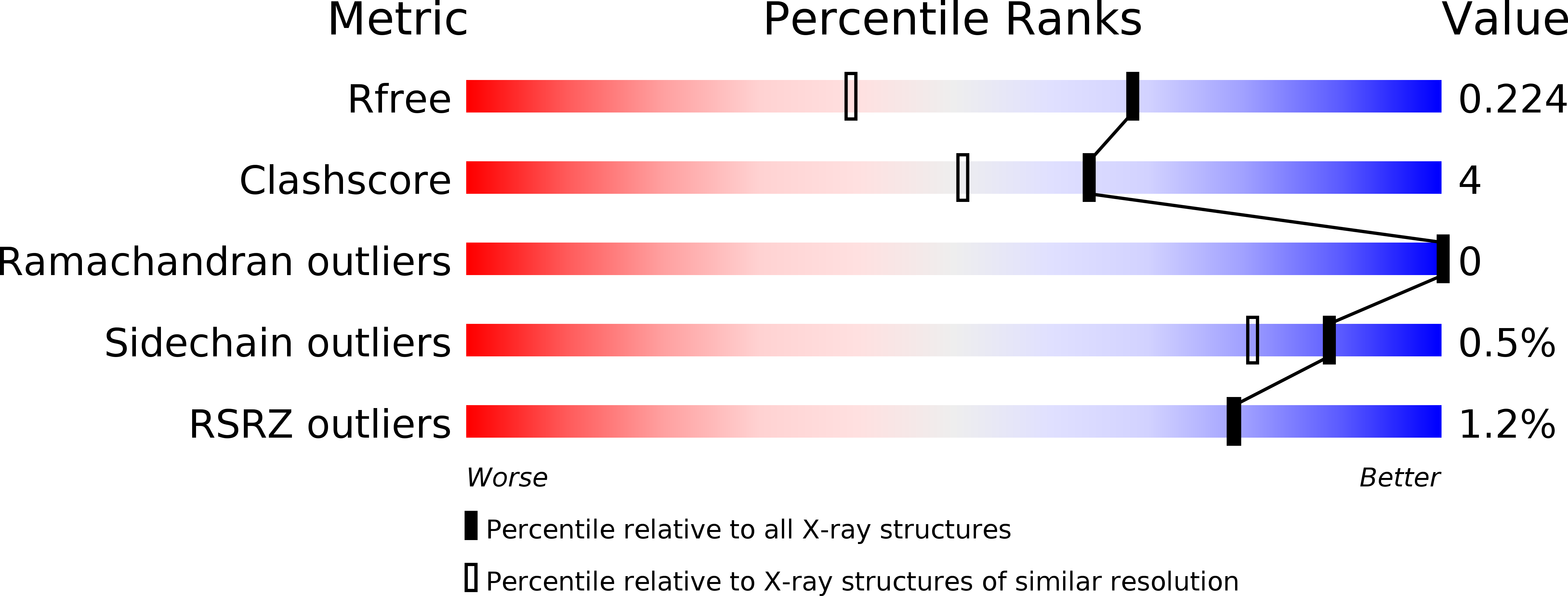
Deposition Date
2015-05-19
Release Date
2015-08-26
Last Version Date
2024-10-23
Entry Detail
PDB ID:
4ZWI
Keywords:
Title:
Surface Lysine Acetylated Human Carbonic Anhydrase II in Complex with a Sulfamate-Based Inhibitor
Biological Source:
Source Organism:
Homo sapiens (Taxon ID: 9606)
Host Organism:
Method Details:
Experimental Method:
Resolution:
1.60 Å
R-Value Free:
0.22
R-Value Work:
0.17
R-Value Observed:
0.18
Space Group:
P 1 21 1


